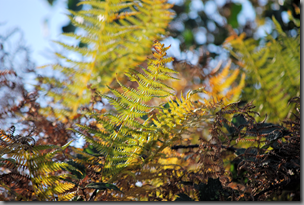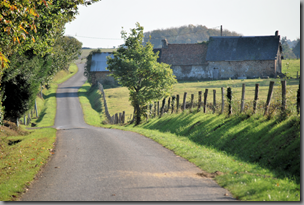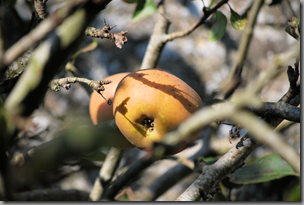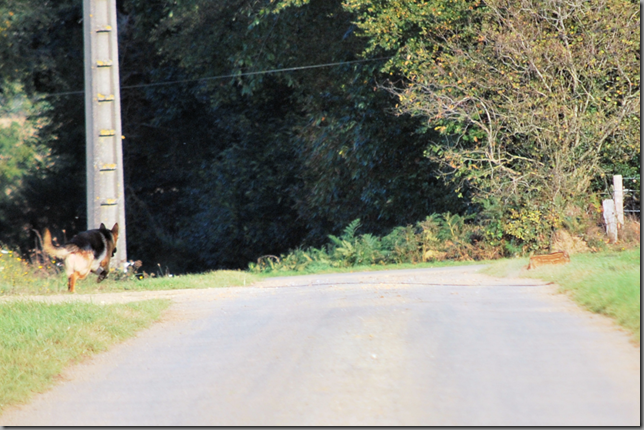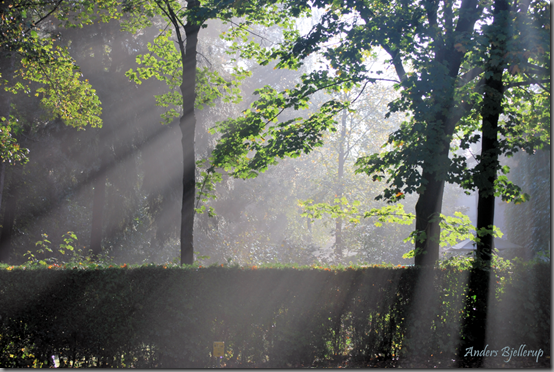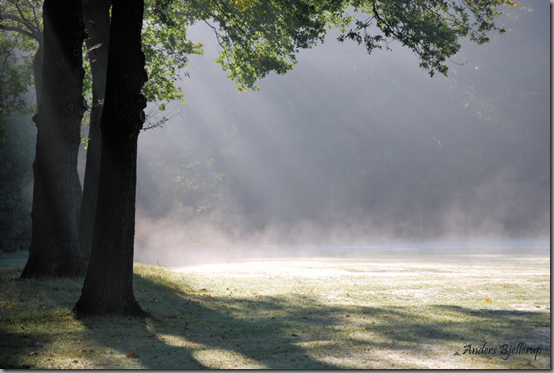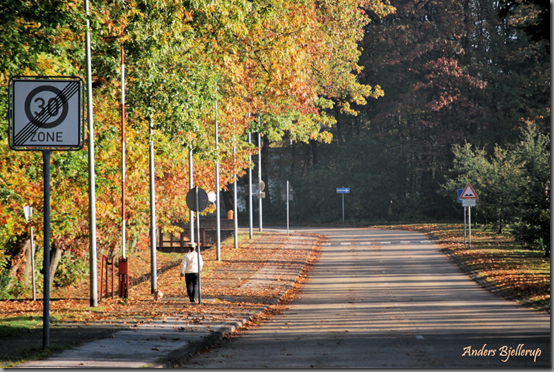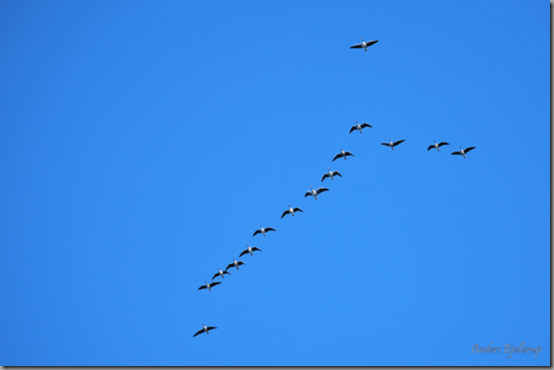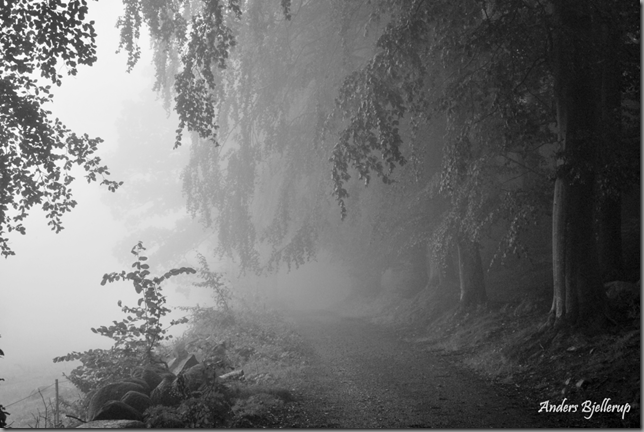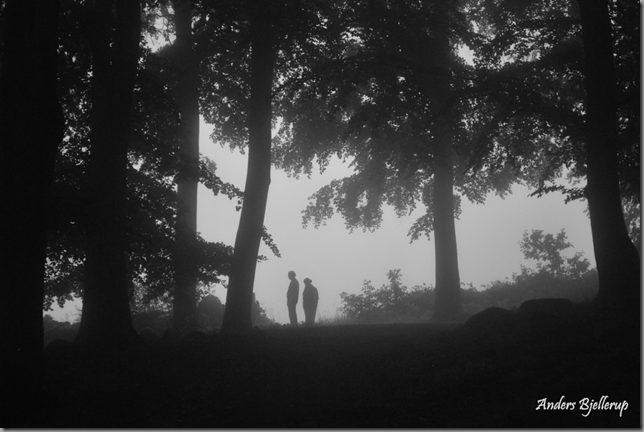
A young girl has intrigued me for a couple of weeks now. No no, it’s not what you might think. She lived over a century ago. You see, I am doing research into my family properly now. I have turned into an amateur genealogist by joining a website holding over 30 million photos of pages from Swedish archives. Before, I relied on handed-down documents and just copied other people’s work.
I started by trying to look into my paternal grandmother’s background, because nobody had done that to my knowledge. Since I knew some of her parents’ data I got going straight away. I ran into problems early on, finding some discrepancies to the little information I had previously. I thought I needed some guidance, but decided to practise on something easier first.
I chose to go for my paternal grandfather, and it was much easier. Most of the facts I had before, so this was a pure exercise in research strategy. When my grandfather was born in 1883 there were already two children in the family, but before he was six months old they died at the ages of four and two. The girl succumbed to bronchitis and the boy to diphtheria and paralysis. Later another girl was born, my great aunt.
But now there was a surprise. A fifteen-year-old girl was all of a sudden a member of the household. Where did she come from? Who was she? Could these poor people afford to have staff? Was she a maid or just a lodger? My guess is as good as yours. In this document I could see where and when she was born, where and when she had moved from, that she had moved in only seven days before my great aunt was born and that she within a year emigrated to Denmark, at the age of sixteen!
I was intrigued and puzzled. I needed to find out who she was, so I followed her trail back in time. First I tried the birth register where she claimed to be born, and could not find her. What? Then I suspected she might have lied about her age to get employment, which made me look up and down a great number of pages. Still could not find that entry anywhere, so I took another approach.
I found her in the parish she had moved from in the register (household by household), with data about family members and their literacy, “character” and their catechism knowledge. She was a foster daughter in a farming family far away from my grandfather’s family. She had officially moved from there 13 days before she registered in the town where I had first spotted her. That must be the time it took to move in 1884.
So now I had found her closer to where she claimed to be born at least. I followed the trail and found an entry stating a completely different birth place. Now things started to make sense. But why had she put down the wrong birth parish? Did she not know where she was born? According to this latest information her mother and she were born in the same place, twenty years apart. I had to dig deeper.
But what about the father? My suspicions were soon confirmed. She was born out of wedlock, father unknown, by a twenty-year-old maid in a big household, on a big farm. Since the father was unknown, she was given the Christian name of the master to add to “daughter”. Like so many other girls born out of wedlock she was christened Maria, perhaps to appease the Church, God and whoever. In the registers it was noted that the young mother had “given birth out of wedlock” and the date for when she was given absolution. And I can read about it still after 142 years!
Since the registers and archives I now have access to are photographs, it is not possible to search on the computer in the modern way, but I sometimes have to flip page after page on my screen in my search for a certain entry. In one of them I had to start on the first page until I found her on page 331! But it was worth it.
So now I know that Maria Jakobsdotter was born outside wedlock, father unknown, by a twenty-year-old maid, went into (correction: was in) foster care at the age of ten, moved to my grandfather’s family at fifteen and then emigrated to Denmark at sixteen. The “misinformation”, discrepancies, call them what you like, might have been an attempt to cover up her origin, so that she could start an adult life without prejudice. Did my relatives know her true background? We’ll never know. I only hope that she managed to get a decent life for herself, because I think it takes some guts to move away from what you know when you are fifteen.
Outstanding questions: Who was the father? Why and when did she go into foster care? What happened to her mother?
I think I will have to give up here and go back to my own family history. But I am sure she sang lovely lullabies to my grandfather and his baby sister.

